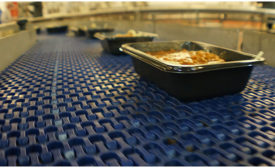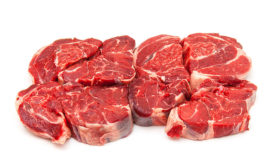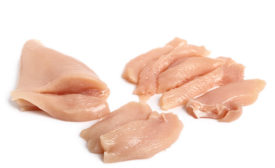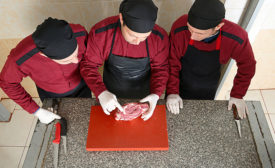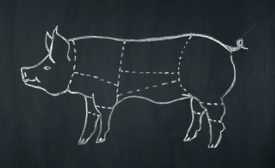Meat and Poultry Processing
Processing Tech
Benefits of automated cutting and deboning
Improved technology allows processors to benefit from today’s automated cutting and deboning operations.
Read More
Processing Tech
Employee training: Knowledge is power
A strong employee education program is vital for bolstering productivity and enhancing safety in meat and poultry plants and supermarket meat departments.
Read More
Prime Cuts news
A boom for bank loans
Understanding the inner working of banks can help processors secure the loans they need to grow.
Read More
Meat Science Review
Can Asian-inspired fab specs create revenue for U.S. pork?
Comparing the yield and revenue-generation possibilities of domestic and alternative fabrication specifications on pork carcasses.
October 6, 2017
How high pressure processing is shaping the industry
Episode 5 of The National Provisioner's video series on trends in the industry with Jorge Izquierdo of PMMI
September 28, 2017
Processing Tech
Improving worker safety in meat and poultry processing
The meat and poultry industry is creating a safer environment thanks to increased safety gear, equipment and training.
Read More
Plant of the Year
2017 Plant of the Year: Smithfield Foods — Smithfield, Va.
September 19, 2017
Stay ahead of the curve. Unlock a dose of cutting-edge insights.
Receive our premium content directly to your inbox.
SIGN-UP TODAYCopyright ©2024. All Rights Reserved BNP Media.
Design, CMS, Hosting & Web Development :: ePublishing
